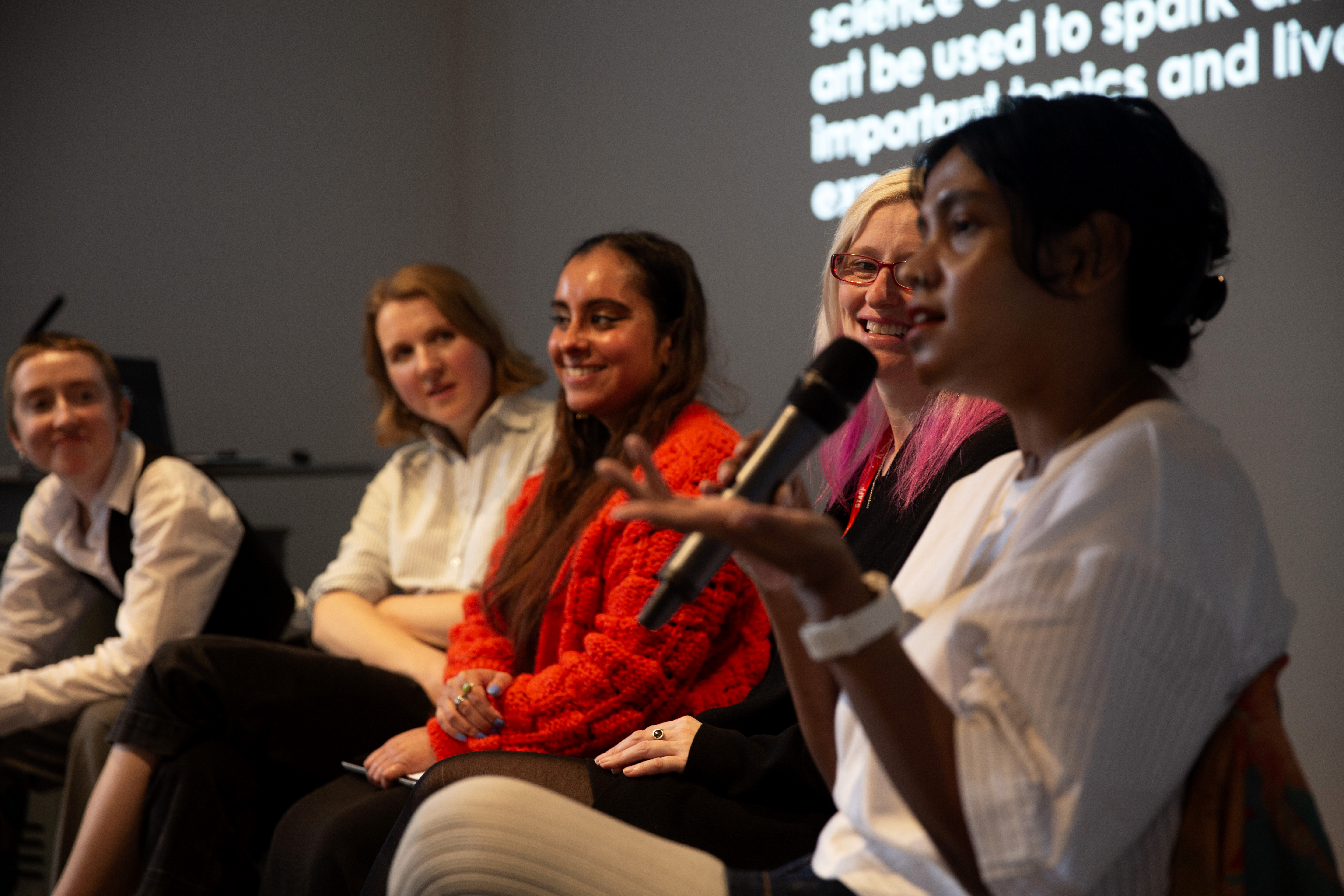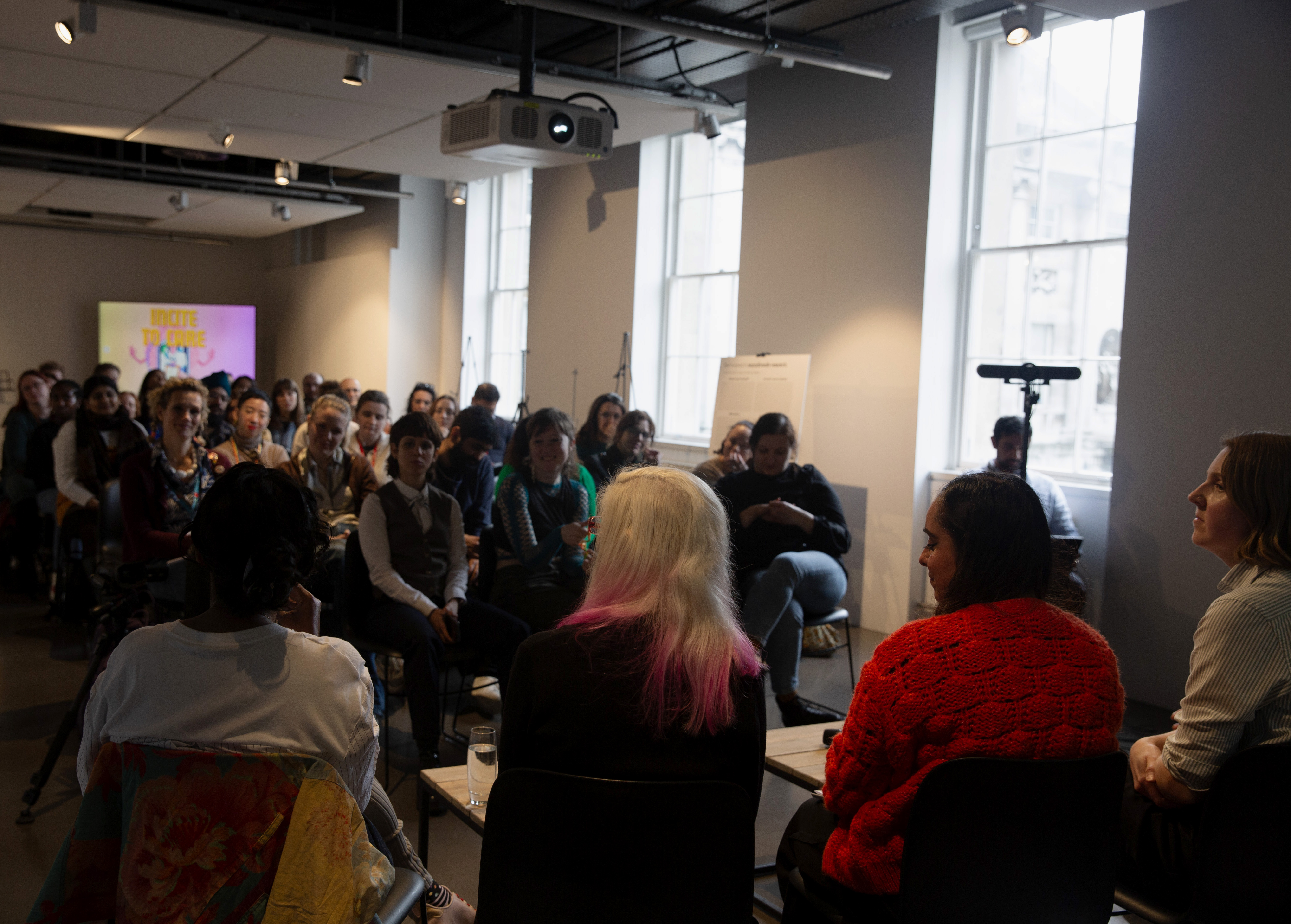King’s College London Researchers and Artists Unite for NeuroArt Exhibition at Science Gallery
On Friday 9 February, NeuroArt Exhibition took place in Science Gallery at King’s College London Guy’s Campus.
NeuroArt aims to provide a platform for neurodivergent people to share theirliving experiences with neuroscientists who research topics relating to neurodevelopment and neurodiversity.
The exhibition was the first showcase by the NeuroArt team who initiated the project two years ago. The team currently includes King’s students, staff and alumni, and was founded by Bethan Burnside.
Somewhere in between studying for an MSc in Neuroscience at King’s and starting a PhD in Biomedical Sciences, I was diagnosed with attention deficit hyperactivity disorder. It was the pandemic, so I had a lot of time to spend online to navigate my new diagnosis and discover my neurodivergent community. The dichotomy of language and approach between the way researchers tend to approach neurodivergence, and how the community views, talks about, and experiences it, struck me very quickly. I decided to create a space where these perspectives and vocabularies could be merged, discussed, and challenged.”
Bethan Burnside, Founder of NeuroArt
The exhibition started with a panel discussion between mental health researcher Bayparvah Kaur Gehdu, Divergent Sounds Project researcher Virginia Carter Leno, artist Bhavani Esapathi and Professor of Neuroscience Ellie Dommett.
The panel discussed how the awareness and understanding of neurodiversity has increased both in research setting and among the public, and how this needs to lead to a conscious involvement of the neurodivergent community in the co-design and co-production of research work. The panel also discussed intersectionality and how arts work well as a non-traditional way to communicate research.

The exhibition displays artwork conceived through conversations between artists and researchers. The artwork aims to promote participatory research in neurodiversity through various media such as photographs, videos, and paintings. The project was supported MRC Centre for Neurodevelopmental Disorders, Wohl Cellular Imaging Centre, ADHD Research Lab, Ness Labs and the British Neuroscience Association.
 Guests enjoying panel discussion
Guests enjoying panel discussion
